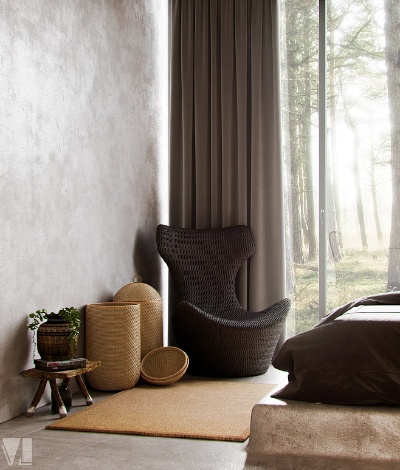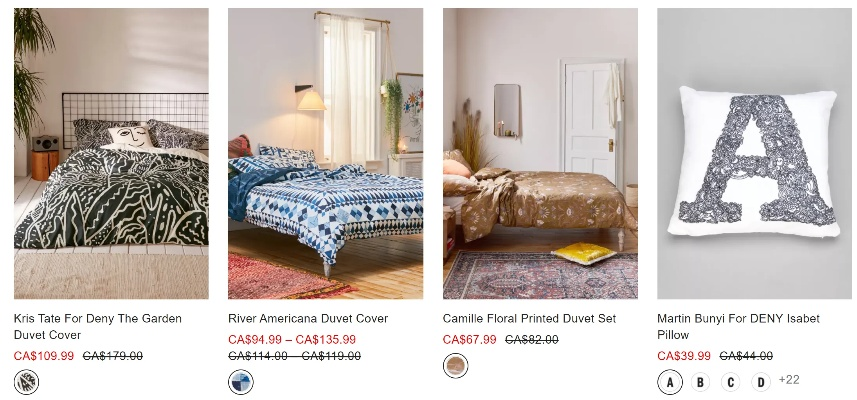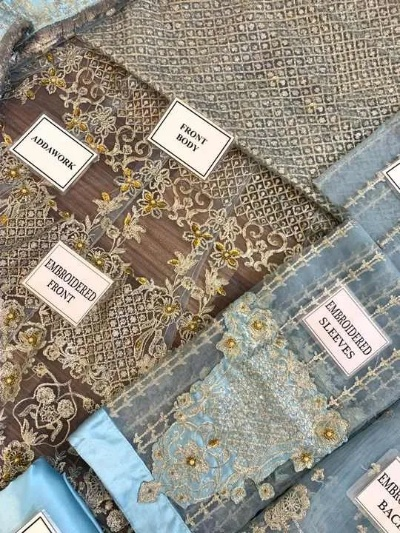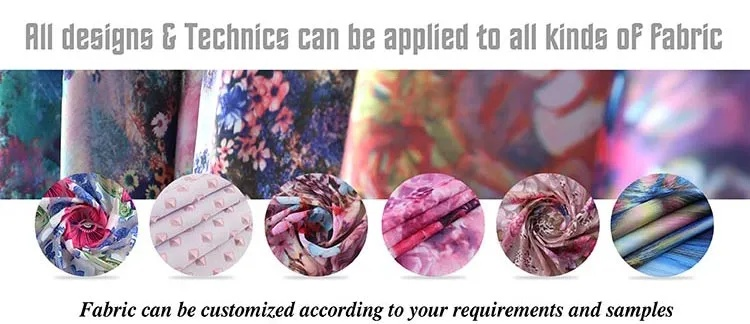The Evolution of Home Textile Design:A Journey Through Styles and Influences
"The Evolution of Home Textile Design: A Journey Through Styles and Influences",This paper explores the historical evolution of home textile design, tracing its development from traditional patterns to contemporary styles. It examines the influence of various cultures, including Islamic, African, and Native American, on the creation of unique textile designs. The paper also highlights the role of technology in shaping modern textile design, with an emphasis on digital printing and embroidery techniques. Finally, it discusses the significance of sustainability in home textile design, emphasizing the importance of using eco-friendly materials and reducing waste. Overall, this paper provides a comprehensive overview of the diverse and dynamic nature of home textile design, highlighting its ability to reflect cultural heritage and technological advancements.
Introduction: In the realm of home textile design, styles have been as varied as the homes they adorn. From the traditional to the contemporary, each style has its own distinct aesthetic and cultural significance. This article explores the evolution of home textile design, highlighting key styles, their influences, and how they have evolved over time.
Traditional Styles: Traditional home textile designs often reflect the rich heritage of a culture. They are characterized by intricate patterns, bold colors, and natural materials such as wool, silk, and cotton. Examples include Moroccan Berber rugs, Japanese kimono, and Indian saris. These styles are often associated with warmth, comfort, and a sense of tradition.

Modern Styles: Modern home textile designs are characterized by clean lines, minimalism, and a focus on functionality. They often incorporate geometric patterns, neutral colors, and sleek fabrics such as polyester and nylon. Examples include Scandinavian furniture, minimalist wall hangings, and industrial-style curtains. These styles are often seen as more upscale and contemporary than traditional styles.
Transitional Styles: Transitional home textile designs are a blend of traditional and modern elements. They offer a balance between tradition and innovation, making them ideal for those who want to create a space that feels both comfortable and stylish. Examples include Moroccan tapestry rugs with a modern geometric pattern, or Japanese-inspired furniture with a Scandinavian flair.
Global Styles: Global home textile designs are influenced by cultures around the world. They often incorporate local traditions with a global flair, creating unique and cohesive spaces. Examples include African-inspired textiles with African motifs, or South American hand-woven tapestries with Latin American colors and patterns.
Influences on Home Textile Design: The influences on home textile design come from various sources, including art, literature, history, and fashion. Art movements such as Art Deco and Modernism have had a significant impact on the design of home textiles. Literature, particularly in the works of writers like Ernest Hemingway and F. Scott Fitzgerald, has also inspired designers to create textured and layered textiles. History has provided designers with inspiration for patterns and motifs that reflect cultural traditions. Finally, fashion trends have influenced the use of color, pattern, and fabric in home textile designs.
Case Study: Let's take a closer look at the classic Italian Renaissance period, which is known for its rich tapestry weaving techniques and vibrant colors. During this time, textiles were not only functional but also highly decorative. For example, the famous Florentine silken tapestries, such as the "Madonna delle Grazie" (Mother of the Gracious), depict scenes from the Bible and are still popular today. These tapestries were woven in a complex pattern using gold thread, adding a touch of elegance to any room.
Conclusion: Home textile design is a constantly evolving field that reflects the changing tastes and preferences of people around the world. From traditional to modern, transitional to global, each style has its own unique charm and appeal. By understanding the influences and evolution of these styles, designers can create spaces that not only look beautiful but also feel warm and inviting. So, whether you're looking to add a touch of tradition to your home or infuse it with a modern twist, there's always something to inspire and delight you in the world of home textiles.
随着生活品质的提升,家用纺织品作为家居装饰的重要组成部分,其设计风格也在不断演变,本篇文章将围绕家用纺织品设计风格展开讨论,结合案例分析,探讨其发展趋势和设计要点。
家用纺织品设计风格概述
简约现代风格
简约现代风格以简洁、实用为主,注重线条流畅、色彩搭配和谐,在家用纺织品设计中,多采用棉麻、丝绸等天然材质,结合现代设计元素,如几何图案、流线型线条等,打造舒适、自然的家居环境。
复古风情风格
复古风情风格注重传统与现代的结合,运用复古元素和现代设计手法,打造具有历史感的家居环境,在家用纺织品设计中,可以运用复古图案、复古色彩搭配,以及传统工艺制作,如织锦、刺绣等,展现传统文化的魅力。
民族风设计风格

民族风设计风格以民族特色为特点,注重地域文化元素的融合,在家用纺织品设计中,可以运用民族图案、民族色彩搭配,以及民族工艺制作,如刺绣、编织等,展现地域文化的独特魅力。
案例分析
简约现代风格案例
某品牌家用纺织品在设计上采用了简约现代风格,其产品材质主要采用棉麻和丝绸等天然材质,色彩搭配和谐,线条流畅,结合现代设计元素,如几何图案和流线型线条的运用,打造出舒适、自然的家居环境,该品牌在家用纺织品市场上获得了良好的口碑和销售业绩。
复古风情风格案例
某家居用品公司在家用纺织品设计中运用了复古风情风格,其产品采用了复古图案和复古色彩搭配,展现了传统文化的魅力,结合传统工艺制作,如织锦和刺绣等,展现了地域文化的独特魅力,该品牌在家居市场上受到了消费者的喜爱和追捧。
设计要点分析
-
材料选择:选择环保、天然、舒适的材料是家用纺织品设计的关键,要注重材料的质地、手感、色泽等方面的表现。
-
设计元素:设计元素的选择要注重简洁、实用、美观等方面,要注重与家居环境的融合,营造出舒适、自然的家居氛围。
-
工艺制作:工艺制作是家用纺织品设计的又一重要方面,要注重传统工艺与现代工艺的结合,展现传统文化的魅力,要注重产品的质量与安全,确保产品的使用寿命和品质。
未来趋势展望
随着人们对生活品质的要求不断提高,家用纺织品设计风格也在不断演变和发展,未来家用纺织品设计将更加注重环保、健康、舒适等方面,也将更加注重与家居环境的融合,打造出更加个性化、多样化的家居环境。
家用纺织品设计风格是家居装饰的重要组成部分,其设计要点包括材料选择、设计元素和工艺制作等方面,在未来的发展中,家用纺织品设计将更加注重环保、健康、舒适等方面的发展趋势,也将更加注重与家居环境的融合,打造出更加个性化、多样化的家居环境。
Articles related to the knowledge points of this article:
Understanding the World of Textile Design
Exploring the Rich Tapestry of Cotton Textiles in Shaoxing
The Evolution of Quality and Innovation at Guangzhou Chunsheng Textiles
Exploring the Art of Salt Texture in Home Textiles:An Idealized Journey
![The Art of Softness in Fashion:An Insight into 宸之漫纺织品]](https://www.i505i.cn/zb_users/upload/2025/09/20250917090724175807124467058.png)


